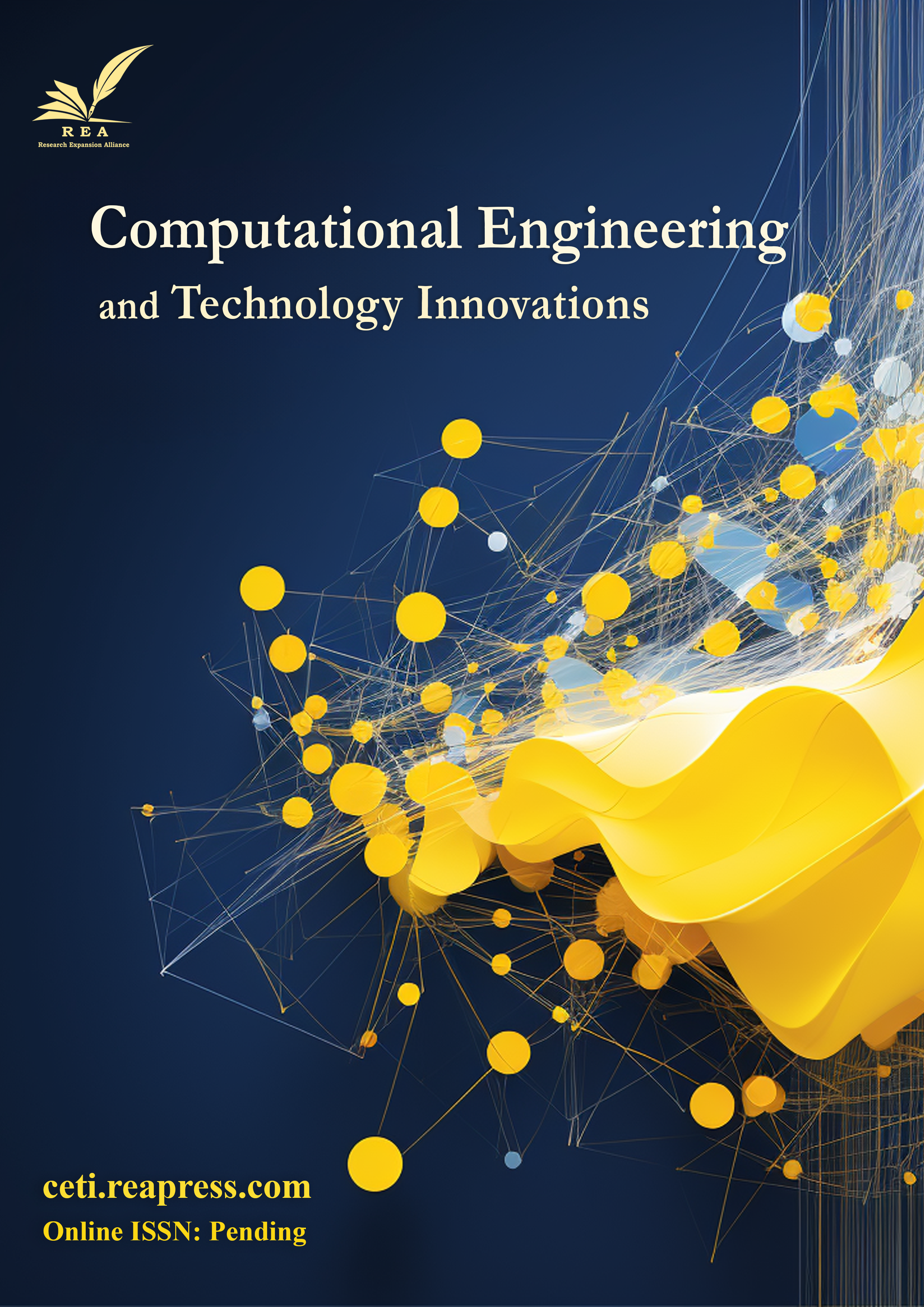Edge Computing and IoT-Based Urban Environment Monitoring Solutions
Abstract
The increasing environmental challenges in urban areas, such as air pollution, noise, and rising temperatures, demand efficient real-time monitoring systems for sustainable city management. However, traditional cloud-based solutions struggle with latency, bandwidth limitations, and privacy concerns, making them less suitable for time-sensitive environmental monitoring. This paper explores the integration of edge computing and Internet of Things (IoT) technologies to develop responsive and scalable urban environmental monitoring solutions. IoT sensors deployed across cities collect data on various environmental parameters, while edge devices process this data locally, reducing the need for continuous cloud communication. The proposed system improves real-time responsiveness, minimizes network congestion, enhances data privacy, and reduces energy consumption. This study also addresses key challenges such as network reliability, resource management, and data security in edge-IoT systems. By implementing predictive analytics and real-time alerts, these solutions empower urban planners with actionable insights, supporting smarter, greener, and more sustainable cities.
Keywords:
Edge computing, Internet of things, Urban environmental monitoring, Real-time data processingReferences
- [1] Chinnici, M., & De Vito, S. (2022). IoT meets opportunities and challenges: edge computing in deep urban environment. In Dependable iot for human and industry (pp. 241–272). River Publishers. B2n.ir/n91422
- [2] Idrees, Z., Zou, Z., & Zheng, L. (2018). Edge computing based IoT architecture for low cost air pollution monitoring systems: A comprehensive system analysis, design considerations & development. Sensors, 18(9), 3021. https://doi.org/10.3390/s18093021
- [3] Vimal, S., Suresh, A., Subbulakshmi, P., Pradeepa, S., & Kaliappan, M. (2020). Edge computing-based intrusion detection system for smart cities development using IoT in urban areas. In Internet of things in smart technologies for sustainable urban development (pp. 219–237). Springer. https://doi.org/10.1007/978-3-030-34328-6_14
- [4] Gheisari, M., Pham, Q. V., Alazab, M., Zhang, X., Fernandez-Campusano, C., & Srivastava, G. (2019). ECA: An edge computing architecture for privacy-preserving in IoT-Based smart city. IEEE access, 7, 155779–155786. https://doi.org/10.1109/ACCESS.2019.2937177
- [5] Liu, Y., Yang, C., Jiang, L., Xie, S., & Zhang, Y. (2019). Intelligent edge computing for IoT-based energy management in smart cities. IEEE network, 33(2), 111–117. https://doi.org/10.1109/MNET.2019.1800254
- [6] Alamgir Hossain, S. K., Anisur Rahman, M., & Hossain, M. A. (2018). Edge computing framework for enabling situation awareness in IoT based smart city. Journal of parallel and distributed computing, 122, 226–237. https://doi.org/10.1016/j.jpdc.2018.08.009
- [7] Mahmood, O. A., Abdellah, A. R., Muthanna, A., & Koucheryavy, A. (2022). Distributed edge computing for resource allocation in smart cities based on the IoT. Information, 13(7), 328. https://doi.org/10.3390/info13070328
- [8] Dautov, R., Distefano, S., Bruneo, D., Longo, F., Merlino, G., Puliafito, A., & Buyya, R. (2018). Metropolitan intelligent surveillance systems for urban areas by harnessing IoT and edge computing paradigms. Software - practice and experience, 48(8), 1475–1492. https://doi.org/10.1002/spe.2586
- [9] Wang, J., Pan, J., & Esposito, F. (2017, October). Elastic urban video surveillance system using edge computing. In Proceedings of the Workshop on Smart Internet of Things (pp. 1-6) .https://doi.org/10.1145/3132479.313249
- [10] Maltezos, E., Karagiannidis, L., Dadoukis, A., Petousakis, K., Misichroni, F., Ouzounoglou, E., … & Amditis, A. (2021). Public safety in smart cities under the edge computing concept. 2021 IEEE international mediterranean conference on communications and networking, meditcom 2021 (pp. 88–93). IEEE. https://doi.org/10.1109/MeditCom49071.2021.9647550
- [11] Wang, W., Feng, C., Zhang, B., & Gao, H. (2019). Environmental monitoring based on fog computing paradigm and internet of things. IEEE access, 7, 127154–127165. https://doi.org/10.1109/ACCESS.2019.2939017


